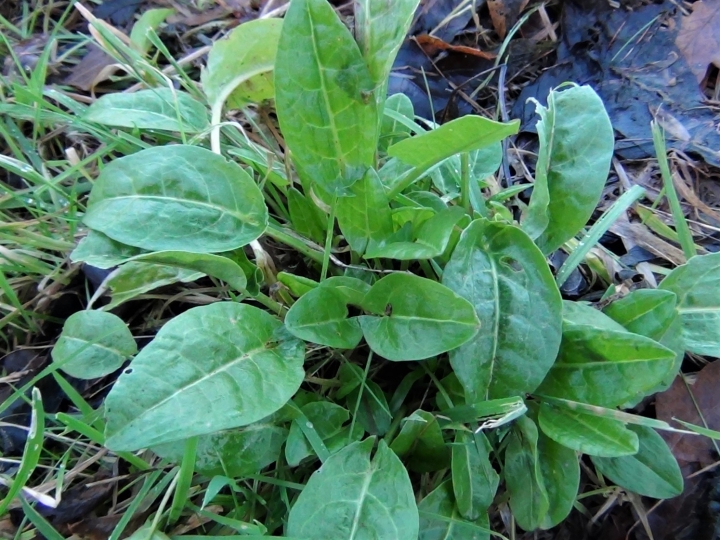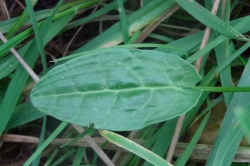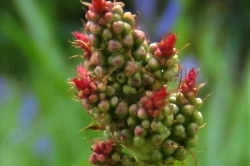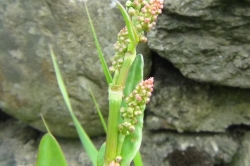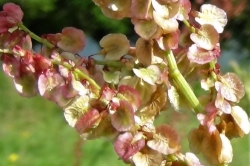Your basket is currently empty!
Home / Hedgerow Guide /
Common Sorrel
Common Sorrel
The name ‘common’ really does describe this plant and we can usually find it in any grass type environment at any time of year save a very harsh winter or a drought over summer. See Other Facts below before consumption.
| Hedgerow Type | |
| Common Names | Garden Sorrel, Narrow Leaved Dock, Spinach Dock |
| Scientific Name | Rumex acetosa |
| Season Start | Jan |
| Season End | Dec |
Leaves
The leaves can be long and arrow shaped or when young, shorter and more rounded but at the base of the leaf it always has pointed ‘tails’ which is a key identifying feature of this plant. The leaves have a shiny appearance and are usually green but can develop red features.
Possible Confusion
The leaves are very similar to Meadow Bindweed (in the photo) but this is a sprawling plant that grows along the ground or climbing through grasses. The leaves of Meadow Bindweed grow in spiral around the stem and it has white petaled flowers. Sorrel grows as a rosette and the flowers are small, round and red/green/yellow.
Large mature sorrel leaves can look a bit like young Lords & Ladies leaves. The sharply pointed “tails” (lobes) of sorrel leaves distinguish it from the rounded lobes of the Lords & Ladies leaves.
Taste
Sharp and citrus, described by many as like apple peel.
Frequency
Very common as the name suggests.
Collecting
Younger smaller leaves are the best for salads, all leaves can be used but the flower stem leaves can become a little bitter.
Medicinal Uses
Sorrel has diuretic properties and can be used to treat sinusitis, it was also used in the past to prevent and treat scurvy.
Other Facts
All the sorrels contain oxalic acid and should be avoided by people prone to kidney stones but with most of these things the amount of oxalic acid is tiny and oxalic acid can be found in spinach, cabbage, rhubarb, beans, coffee and chocolate, none of which has a health warning about the oxalic acid content.
Sorrel can be used as a garnish, a salad leaf, a green for a great soup, stews or as a sweet ingredient for cakes and sorbets.



 (49 votes, average: 3.29 out of 5)
(49 votes, average: 3.29 out of 5)